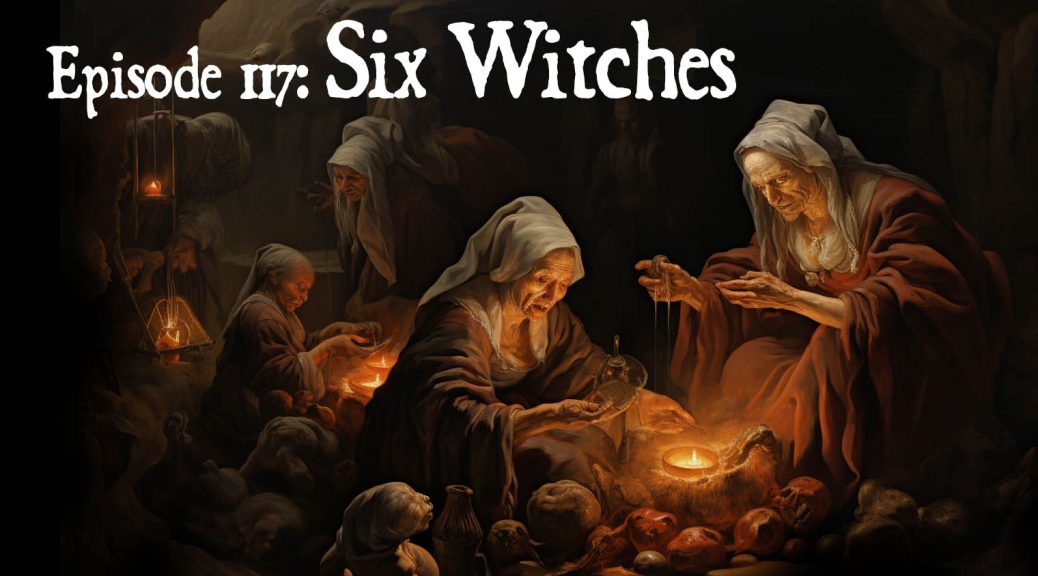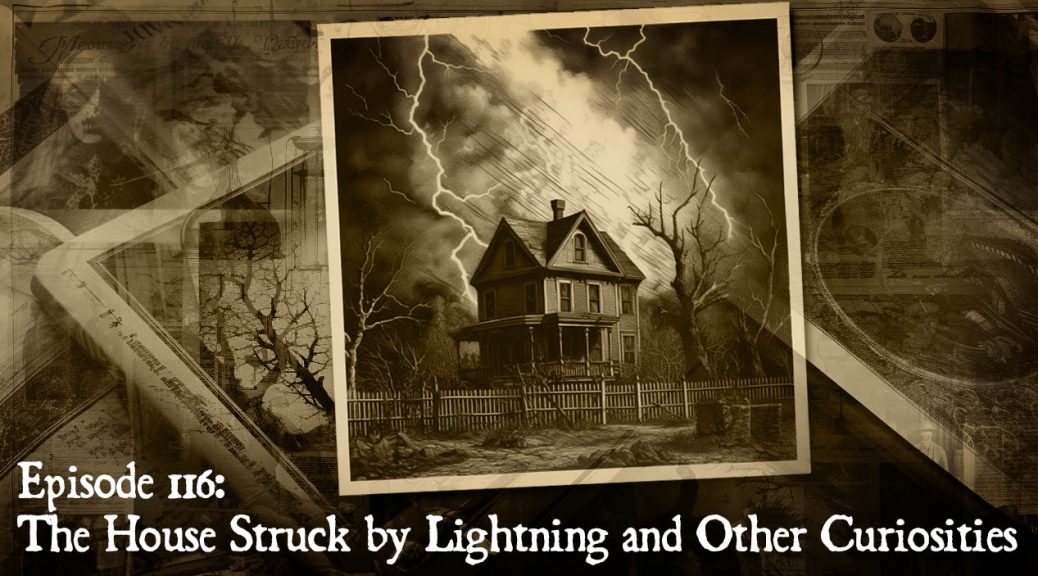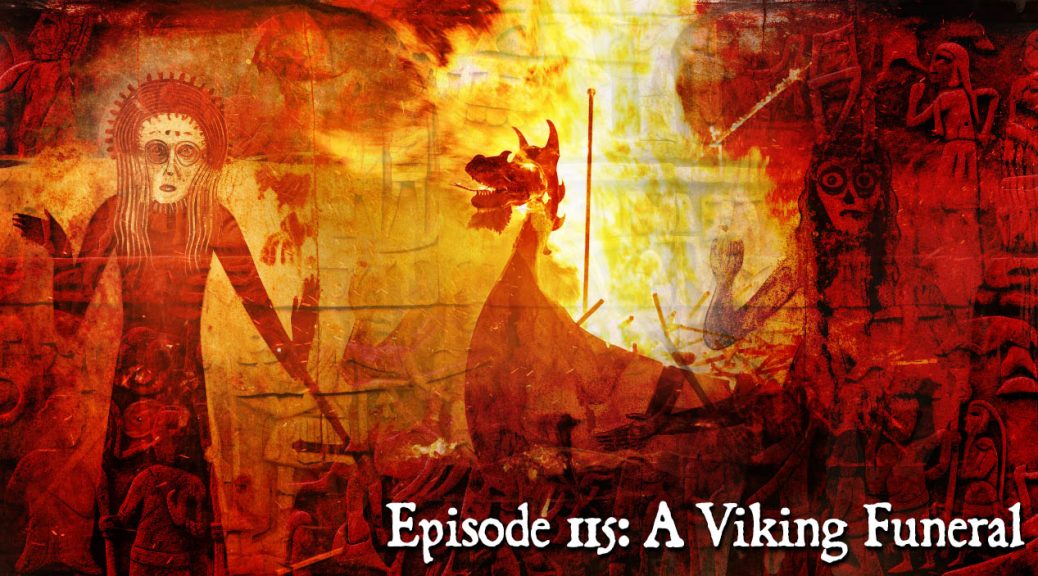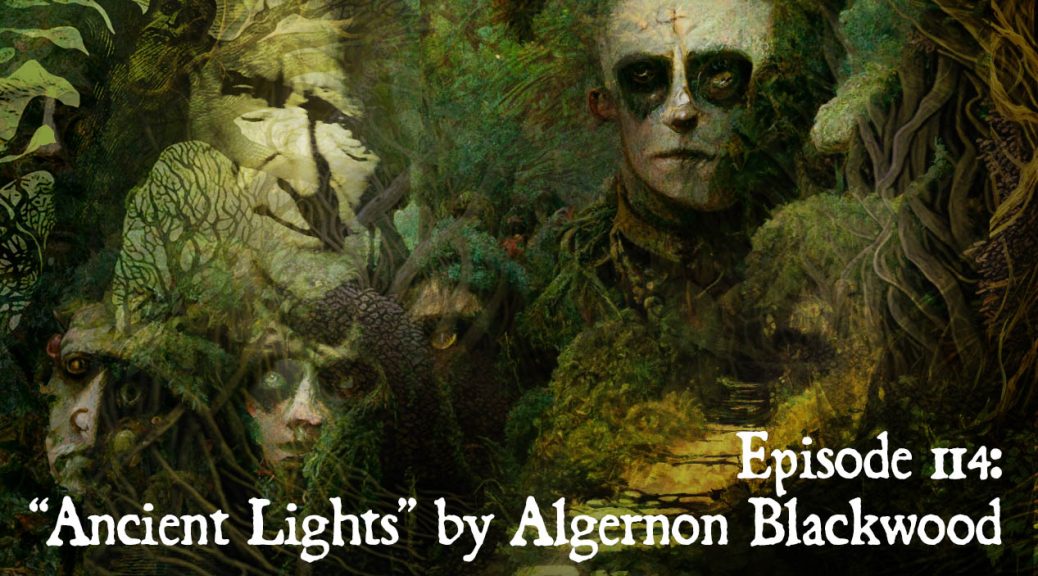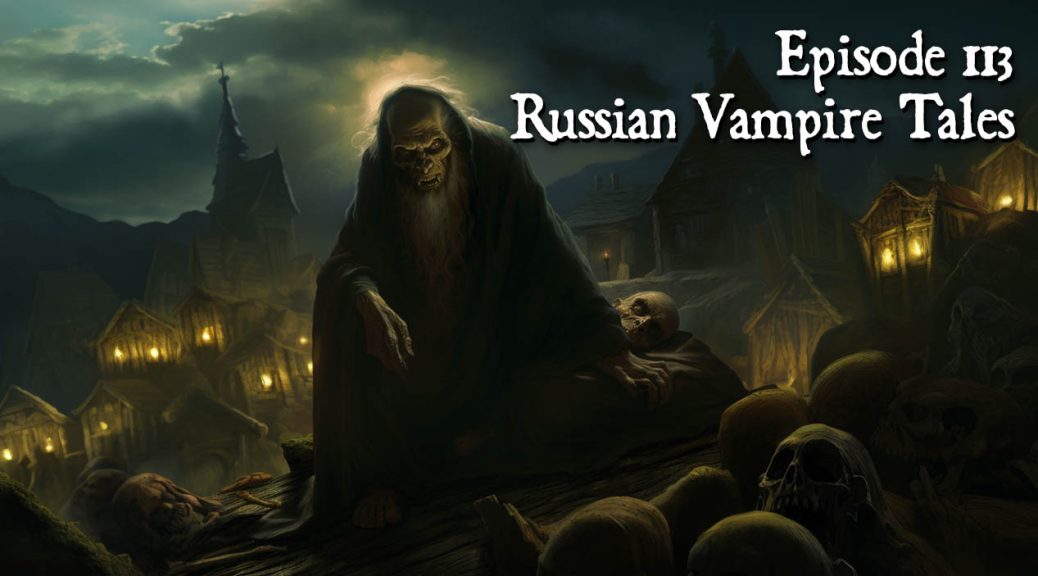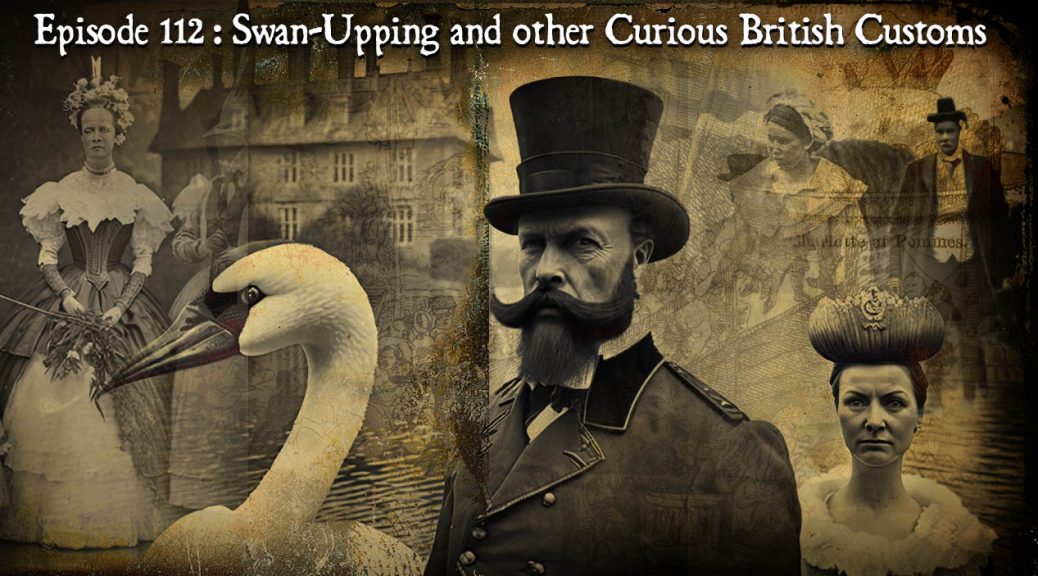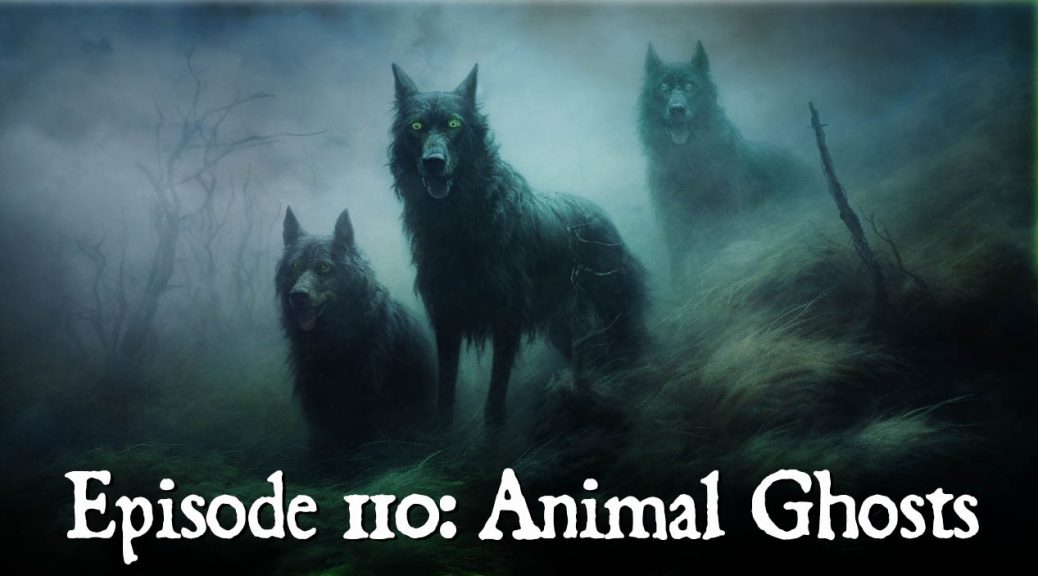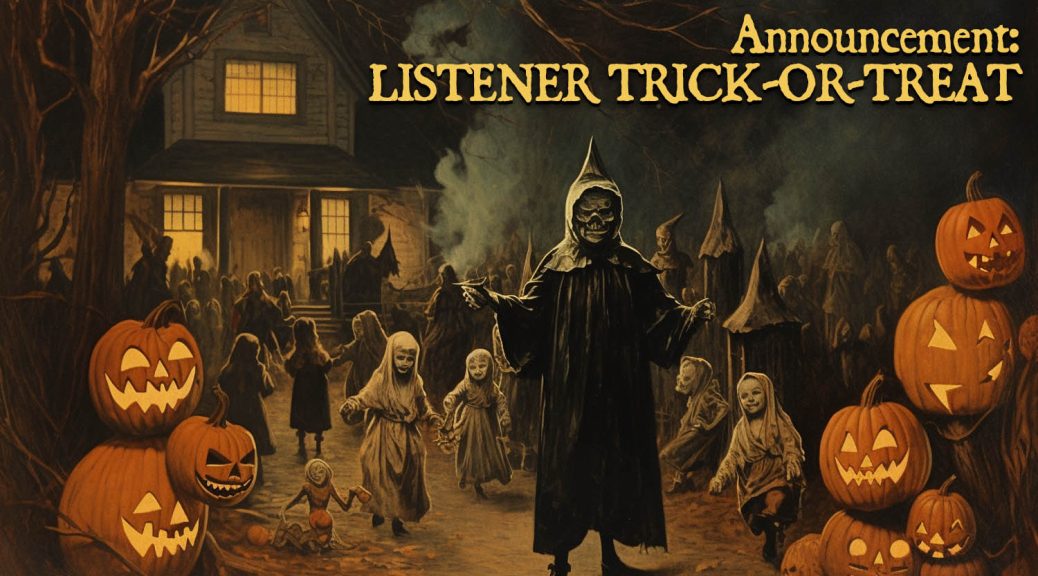
Announcement: Listener Trick-or-Treat
A special short announcement regarding Trick-or-treat by mail option for listeners joining Patreon. Find out how you can receive a hand-packed candy bag from the home of Bone and Sickle Podcast. Each goody bag is guaranteed to include sinister extra as described in Halloween urban legends. Visit: https://www.patreon.com/boneandsickle Only while supplies last!
